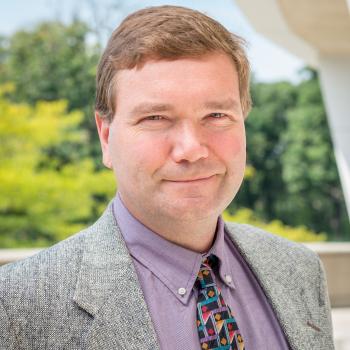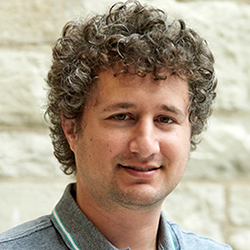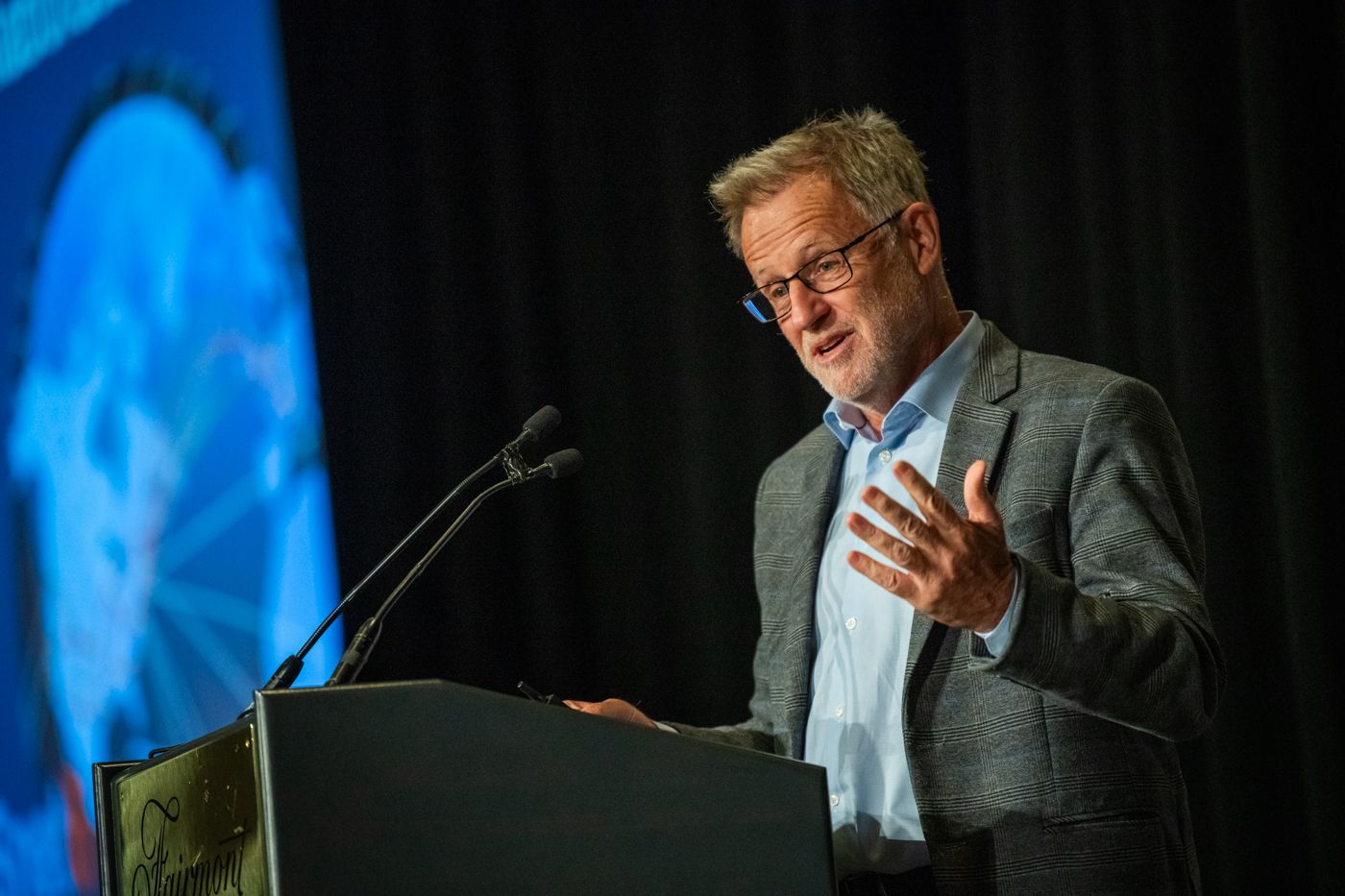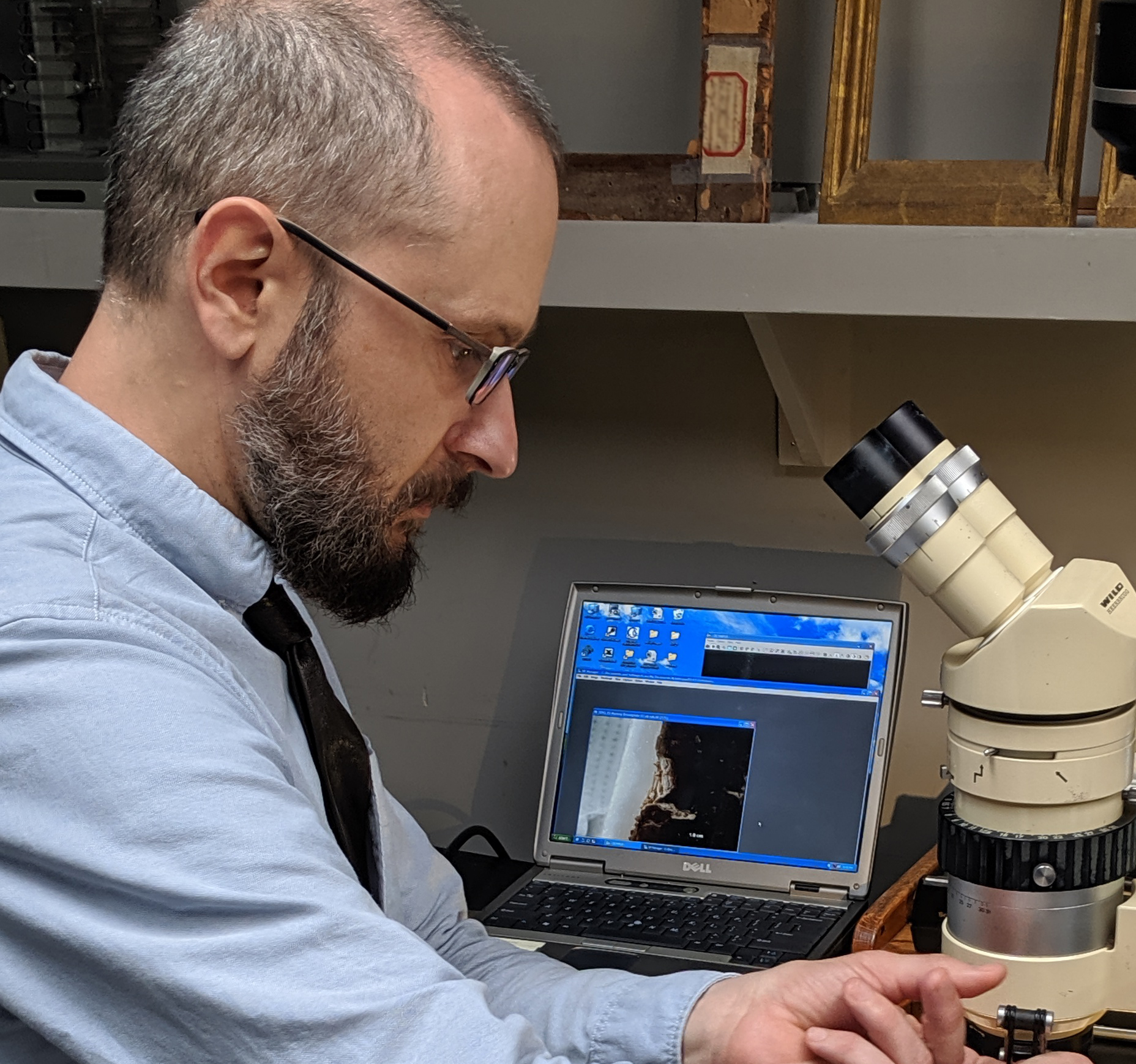Monday, September 22, 2025
Dr. Jonathan C. Lang
Interim Deputy Associate Laboratory Director, Science & Technology
Director of the X-ray Science Division
Advanced Photon Source
Argonne National Laboratory
Title: Advanced Photon Source Upgrade: Commissioning, Initial Science, and Controls Challenges
Abstract: The Advanced Photon Source (APS) recently underwent an upgrade to a 4th generation synchrotron x-ray source greatly reducing the natural emittance of the storage-ring. Reduced emittance produces much smaller and more parallel x-ray beams (higher brilliance), that provide new capabilities for understanding materials at nanometer length-scales or exploring the time-evolution of systems orders-of-magnitude faster than was previously possible. This talk will detail the APS’s recent experience with building and commissioning the new accelerator, beamlines, and instruments, and will highlight some of the specific challenges for controls systems at 4th generation synchrotron sources such as the APS.
Biography: Jonathan Lang is the Director of the X-ray Science Division at the Advanced Photon Source (APS) at Argonne National Laboratory. The APS is a US Dept. of Energy synchrotron user-facility that hosts over 5000 scientists each year conducting research across a wide-range of scientific disciplines. As division director, Dr. Lang is responsible the operation of the experimental systems at the APS, and the development of key supporting technologies such as optics, detectors, and control systems. Prior to his director role, Dr. Lang was as research scientist at APS specializing in using x-rays to probe the behavior of magnetic and correlated electron systems. He has authored over 100 scientific papers, presented talks numerous conferences and workshops, and served on advisory committees for many synchrotron sources world-wide.
Tuesday, September 23, 2025
Prof. Young-Kee Kim
Albert Michelson Distinguished Service Professor of Physics at the University of Chicago
Interim Director of Fermi National Accelerator Laboratory
Title: Exploring the smallest things with the largest microscopes
Abstract: This talk is about a journey of particle physicists in searching for the most fundamental unit (or the ultimate building blocks) of matter and their properties. Great experiments of the 20th century have led to the discovery of ever-smaller entities that make up what were once thought to be indivisible particles. Moreover, this theory of the very small has been shown to be intimately connected to the largest scales imaginable – cosmology and the beginnings of the universe. Despite these considerable successes, this current theory nevertheless has within it the seeds of its own demise and is predicted to break down when probed at even smaller scales. By using our increased understanding, we continue to peel away at the more hidden layers of truth with the hope of discovering a more elegant and complete theory.
Biography: Young-Kee Kim, the Albert Michelson Distinguished Service Professor of Physics at the University of Chicago, began her tenure as Interim Director of Fermi National Accelerator Laboratory in January 2025. She is an experimental particle physicist. Kim's research has focused on understanding the origin of mass for fundamental particles using the Tevatron and the Large Hadron Collider. Since the mid 2010s, her research interests have also included accelerator physics. She was co-spokesperson of Tevatron's CDF experiment (2004-2006) and Deputy Director of Fermilab (2006-2013).
Kim received her B.S. and M.S. from Korea University, South Korea, and Ph.D. from the University of Rochester. She was a Postdoctoral Fellow at Lawrence Berkeley National Laboratory before becoming a professor of Physics at the University of California, Berkeley. Kim joined the University of Chicago in 2003 and chaired the Physics Department from 2016 to 2022.
She is a member of the National Academy of Sciences and the American Academy of Arts and Sciences, and a Fellow of the American Physical Society, the American Association for the Advancement of Science, and the Sloan Foundation, as well as a recipient of the Ho-Am Prize.
Kim served as President of the American Physical Society (APS) in 2024. Prior to this, she chaired the APS's Division of Particles & Fields in 2020 during the preparations for Snowmass 2021.
Wednesday, September 24, 2025
Prof. Matthew Elwin
Associate Professor of Instruction of Mechanical Engineering
Co-Director of Master of Science in Robotics
Northwestern University
Title: Alternative Forms of Intelligence for Resource-Constrained Robots
Abstract: Recent breakthroughs in artificial intelligence have greatly increased the capabilities of robots. These methods, however, require large amounts of memory, computation, and training data. These resources are not always available or accessible. In this talk I discuss three examples of alternative forms of robotic intelligence. In the first example, low-level intelligence is built into the physical structure of the robot while the high-level planning is handled by a human operator. In the second example, a robot dog learns to correct a physics-based control law using a linear policy. The final example shows a swarm of low-capability agents collectively estimating environmental quantities without any individual being required to maintain a global picture of the estimate or data.
Biography: Matthew Elwin is the Director of Northwestern University’s MS in Robotics program and an Associate Professor of Instruction of Mechanical Engineering department. He has led the development of a team of mobile manipulation robots designed to physically interact with humans. His other research interests include robotic dexterity, swarm robotics, physics-based learning, mechatronics, and robotic prosthetics.
Thursday, September 25, 2025
Dr. Ian Foster
Director of Argonne’s Data Science and Learning Division
Distinguished Fellow
Argonne National Laboratory
Arthur Holly Compton Distinguished Service Professor of Computer Science
University of Chicago
Title: Trillion-Parameter Foundation Models as Discovery Accelerators: Toward a Scientific Discovery Platform
Abstract: Trillion-parameter, science-tuned foundation models can speed discovery, but only inside an AI-native Scientific Discovery Platform (SDP) that connects models to tools, data, HPC, and robotics. I argue for community co-development of the SDP, via open interfaces, shared schedulers, knowledge substrates, provenance, and evaluation, alongside shared models. Early results suggest that such a co-designed stack can boost throughput and reliability in materials and bio workflows, enabling human–AI teams to turn knowledge into experiments and experiments into insight.
Biography: Ian Foster is Senior Scientist and Distinguished Fellow, and director of the Data Science and Learning Division, at Argonne National Laboratory, and the Arthur Holly Compton Distinguished Service Professor of Computer Science at the University of Chicago. He has a BSc degree from the University of Canterbury, New Zealand, and a PhD from Imperial College, United Kingdom, both in computer science. His research is in distributed, parallel, and data-intensive computing technologies, and their applications to scientific problems. He is a fellow of the AAAS, ACM, BCS, and IEEE, and has received the BCS Lovelace Medal; IEEE Babbage, Goode, and Kanai awards; and ACM/IEEE Ken Kennedy award.
Friday, September 26, 2025
Dr. Giovanni Verri
Conservation Scientist
Department of Conservation and Science
The Art Institute of Chicago
Title: Visions of Antiquity: Scientific Imaging to Reveal the Original Appearance of Ancient Greek and Roman Sculpture
Abstract: For several decades, scientific analysis has played a pivotal role in advancing the field of archaeology, contributing to various objectives, such as interpreting the production and function of excavated artifacts, tracing the development of ancient trade networks, and mapping the migration of peoples across regions. Similarly, the study of artistic production has benefited from scientific methodologies, which have provided valuable insights into the making and meaning of art objects, as well as enabling the differentiation of authentic works from forgeries.
A particularly intriguing area of inquiry pertains to the examination of ancient Greek and Roman marble sculpture, which, as is well-established, was originally adorned with paint, a practice known today as polychromy. However, the precise appearance of ancient sculptures remains largely speculative. A primary obstacle to interpreting the original appearance of sculpture is the fact that, when traces of paint do survive in archaeological contexts, they are typically minute and highly fragmentary. The analysis and interpretation of these minuscule remnants present significant challenges, making it difficult for scholars to extrapolate meaningful visual reconstructions.
Recent advancements in digital imaging technologies have revolutionized the study of ancient painted surfaces, offering unprecedented opportunities to uncover painting materials otherwise invisible to the naked eye. Thus, imaging techniques provide critical data on the composition and application of ancient paint, thereby enriching our understanding of the visual appearance of these objects at the time of their creation. In this presentation, the discussion will begin with an examination of material evidence as a foundational approach to the study of painted surfaces on ancient sculptures. Subsequently, the presentation will integrate findings from a range of media and interdisciplinary research to deepen our understanding of ancient polychromy, ultimately bringing us closer to reconstructing the intended appearance and function of these sculptures in their historical and cultural context.
Perhaps unsurprisingly, the results of this multidisciplinary inquiry demonstrate that it is not only materials—such as pigments—that traversed regional boundaries, but also the techniques of paint application. Consequently, the underlying conceptual framework that underpins the creation of art likewise migrated and transformed itself across temporal and spatial contexts to meet the demands of the cultures in which it flourished.
Biography: Since 2019, Giovanni Verri has been a conservation scientist in the Department of Conservation and Science at the Art Institute of Chicago. He holds a PhD in Physics from the University of Ferrara, Italy, and an MA in Conservation of Wall Paintings from the Courtauld Institute of Art, University of London. Prior to joining the Art Institute of Chicago, he was a Reader at the Courtauld Institute of Art and a Lecturer at University College London. His research interests include the development and application of investigative techniques for the analysis of color in ancient Greece and Rome, and the relation between the use of color and its broader cultural meaning. In 2007, he developed an imaging technique that maps the presence of Egyptian blue—virtually the only blue pigment used in antiquity—often revealing patterns and decorative elements otherwise invisible to the naked eye. This has led to important discoveries about the use of color in antiquity and beyond and is now used by several institutions around the world.

